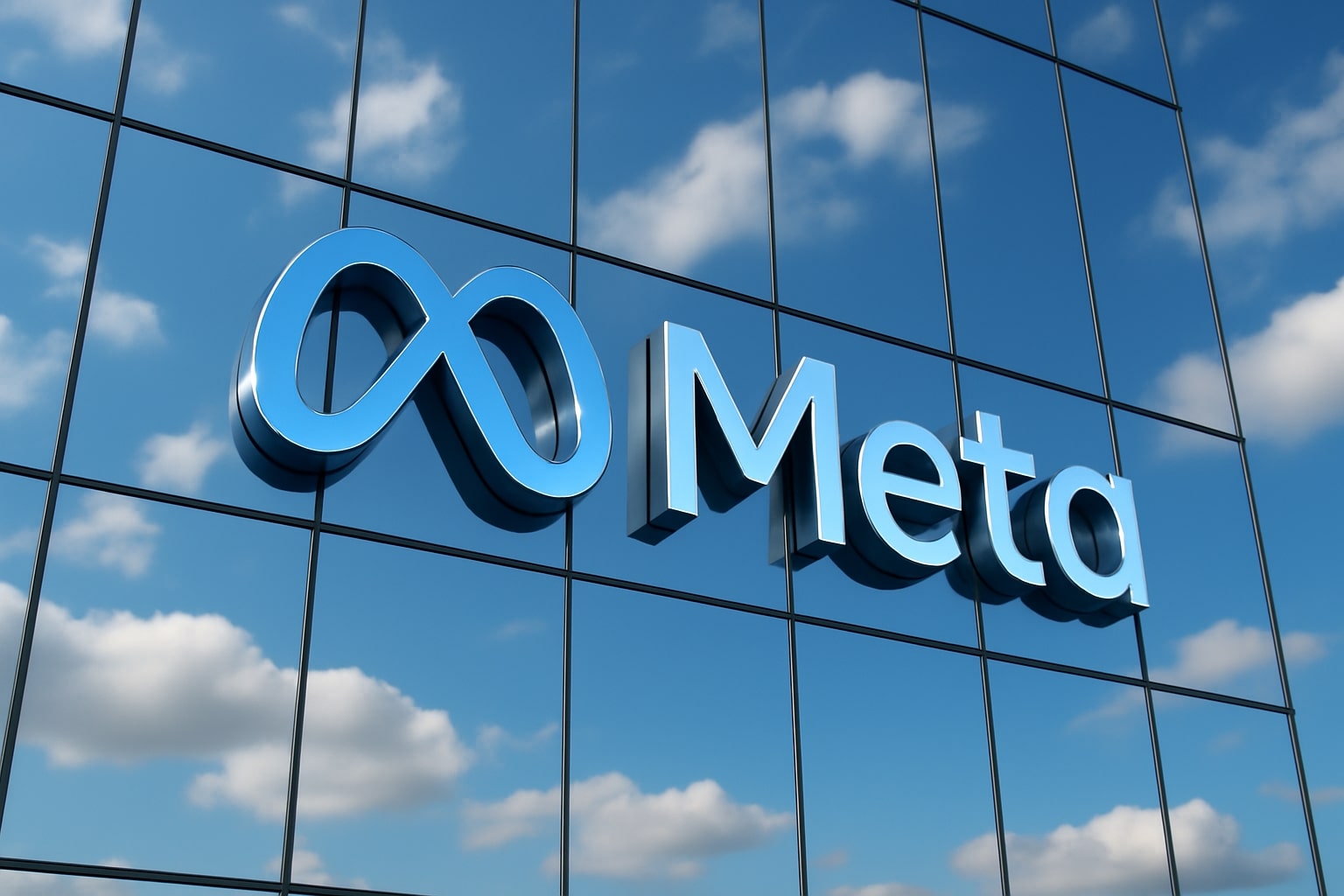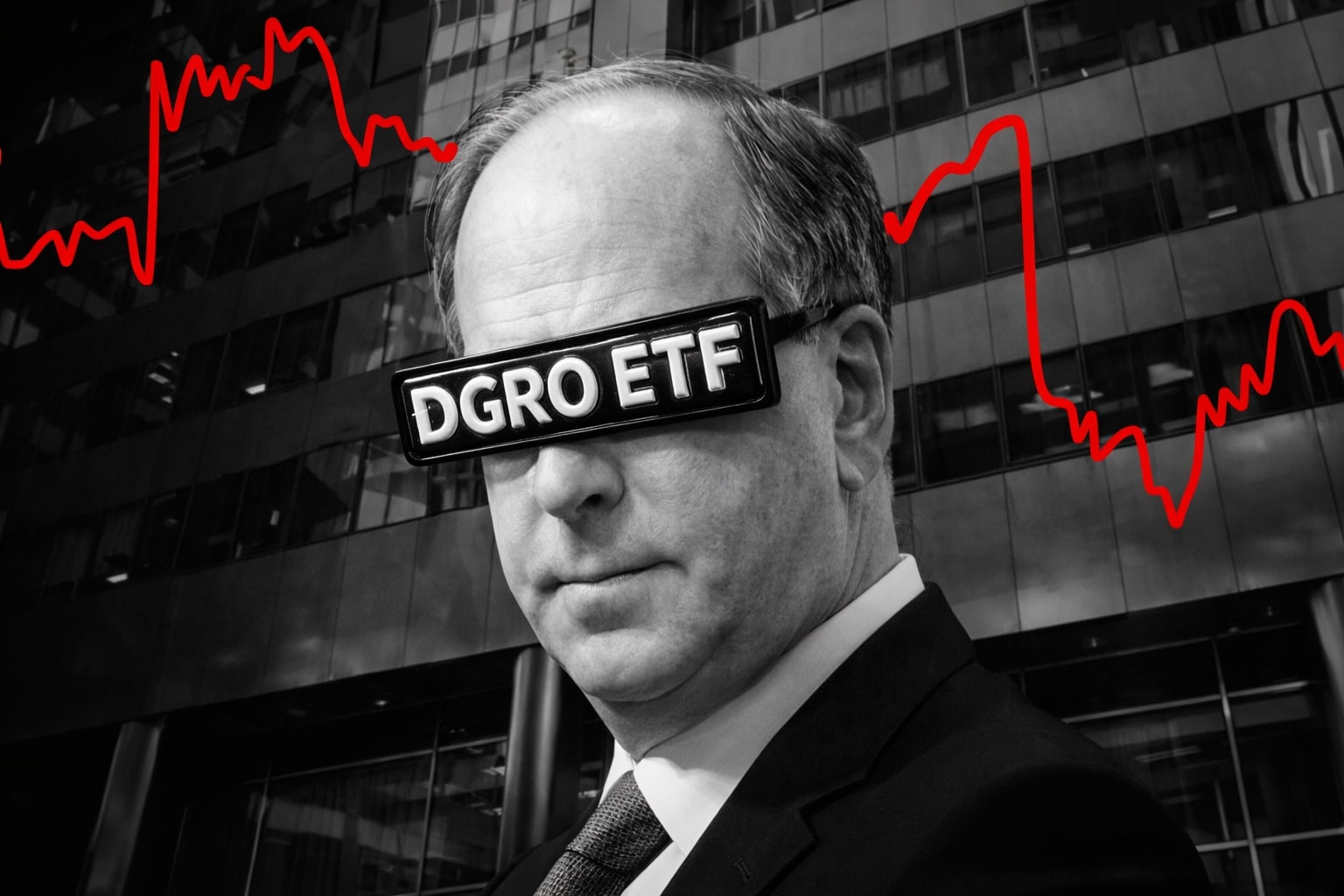
Meta Stock Price Forecast - Meta Shares Reprices At $609 As AI Costs Surge And Engagement Hits Record Highs
AI ad pricing up 10%, revenue climbing 26% YoY, and 3.5B daily users push Meta into its biggest investment cycle ever — raising the question of whether today’s $609 level is a rare long-term entry point | That's TradingNEWS
Meta Platforms Nasdaq:META AI Investment Surge And Revenue Momentum Repricing
NASDAQ:META trading at $609.46 after-hours recovery to $609.89 is facing one of its most aggressive valuation resets since the early 2022 drawdown, despite reporting accelerating revenue growth and one of the strongest engagement cycles across all platforms. The stock dropped nearly 20% post-earnings as markets recalibrated the impact of its $70-72B FY2025 capex, an 81% YoY increase, and even steeper levels projected for 2026, where management signaled “notably larger” spending than 2025. This repricing came even though NASDAQ:META demonstrated exceptional operational strength with 26% YoY revenue growth, 3.5B daily active people, 10% ad-price expansion, and accelerating usage across Instagram and Facebook video formats.
Meta Platforms Nasdaq:META Revenue Engine Strength And Q4 Outlook Shift
The revenue trajectory of NASDAQ:META remains one of the most resilient in mega-cap tech. Q3 revenue growth reached 25.6% YoY, beating the high end of guidance. Management guided $56–59B for Q4, with the midpoint implying 19.9% YoY, yet historical outperformance suggests revenue could land near the high end around $59B, representing 22% YoY growth. The price-per-ad jumped 10% YoY, confirming that AI-generated ad recommendations continue boosting ROI for advertisers even as CPMs rise. Quest devices saw demand pulled forward into Q4, an effect driven by the same AI-driven product discovery tools powering Meta's ad platforms. Investors ignored the fact that without the non-cash $16B tax charge from the One Big Beautiful Bill Act, EPS would have exceeded consensus sharply. The selloff had nothing to do with revenue performance—it was entirely about future spending dynamics.
Meta Platforms Nasdaq:META Margin Compression Driven By Talent Costs And Model Scaling
Operating margin contraction to 40% and the decline in Family of Apps margin from 54% to 49% created concern about scalability. The primary driver was a surge in R&D spending, up 36% YoY, tied directly to LLaMA training cycles, GPU cluster expansion, and newly hired AI talent. NASDAQ:META now reports R&D at record highs as a percentage of revenue, reflecting the largest AI infrastructure expansion in the company’s history. Compensation costs increased sharply due to recruiting in foundational model engineering, inference optimization, and multimodal systems. Infrastructure-related operating expenses—including energy procurement, cooling modernization, and data-center retrofits—also expanded materially. These costs are not temporary; management confirmed these pressures will intensify through 2026.
Meta Platforms Nasdaq:META Capex Acceleration And Future Cost Structure Shock
Q3 capex surged 110.5% YoY, reaching nearly 38% of revenue, with FY2025 capex now expected to hit $70–72B, the highest infrastructure outlay in Meta’s history. If FY2026 spending rises at the rate implied by management language, the company could exceed $100B per year, with combined 2025–2027 capex likely surpassing $210B—more than META spent across the entire prior seven-year period. The market’s fear is straightforward: depreciation runs on 4–7-year schedules, meaning current capex will not be reflected in earnings for years, while the cash cost hits today. Because SPU/GPU cycles keep shortening—NVIDIA Blackwell exceeds Hopper efficiency by 10–20x—actual useful life may be 2–3 years, worsening future depreciation pressure and weighing on GAAP earnings. This is why investors repriced forward P/E even though revenue, usage, and engagement remain extremely strong.
Meta Platforms Nasdaq:META Free Cash Flow Decline And AI Investment Payback Tension
Free cash flow fell for a third consecutive quarter, down 31.5% YoY in Q3. Operating cash flow remains exceptional at ~$80B for FY2025, yet only $29B converts to FCF due to the capex surge. If capex surpasses $100B in 2026, FCF could compress even further. The critical question: how much of META’s capex is maintenance versus growth? The ratio of capex to depreciation is already 3.6x, and normalized depreciation could reduce annual EPS by ~$5/share once it catches up. The short-term quality of earnings declines, but historically META’s capex cycles (especially the 2021–2022 AI rebuild post-IDFA) produced high-teens after-tax returns. Incremental revenue of $45B against $135B cumulative AI spending implies ~16% after-tax ROIC. The market is betting this return may not be repeatable; management insists these investments enable the next decade of ad-targeting dominance.
Meta Platforms Nasdaq:META Engagement Expansion And Cross-Platform Network Effects
The fundamental strength in daily usage supports long-term AI monetization. Family daily active people hit 3.5B, up 8% YoY and 6% QoQ. Instagram passed 3B MAUs for the first time, and Threads surpassed 150M DAUs, nearly half of X’s scale, with engagement up 10% as ranking quality improved through LLaMA-powered algorithms. Core platform time spent rose: 5% on Facebook and 30% YoY in Instagram Video, confirming user preference consolidation around Reels and short video. Reels reached a $50B annualized run-rate, reversing the earlier monetization drag from shifting attention away from static ad units. AI tools now influence $60B of ad revenue, proving that advertiser reliance on Meta’s recommendation engine is accelerating. These signals contradict the pessimism priced into NASDAQ:META shares.
Meta Platforms Nasdaq:META Messaging Monetization Inflection And Untapped AI Commerce
The company remains uniquely positioned to convert WhatsApp and Messenger into high-intent commerce engines. AI-powered conversational agents can function as customer support, product discovery tools, and transactional interfaces. Global conversational commerce is on track to become a $500B revenue opportunity, and Meta controls the distribution layer for billions of users. Unlike cloud-based AI platforms relying on enterprise budgets, META owns the consumer entry point, capturing incremental ad spend immediately. High-intent ads historically fetch superior CPMs, and AI-assisted product discovery could shift WhatsApp and Messenger closer to Google’s search-like revenue quality. NASDAQ:META remains the only mega-cap with a fully owned global messaging infrastructure capable of transforming AI recommendations directly into commerce at scale.
Meta Platforms Nasdaq:META Reality Labs Investment Cycle And Immersive AI Strategy
Reality Labs continues to post deep losses, exceeding $20B per year, yet META's Ray-Ban smart glasses experienced stronger adoption than Apple Vision Pro. These glasses anchor Meta’s strategy to embed AI-assisted experiences directly into hardware—frictionless messaging, AI video capture, intelligent overlays, and likely future “in-lens shopping.” Although margins in AR hardware are lower, this segment positions META to defend social-commerce discovery against OpenAI, Google Gemini, and Anthropic, which dominate text-based generative AI. NASDAQ:META is pursuing immersive AI to offset any potential erosion in classic ad deployment across the Instagram–Facebook ecosystem. The mix shift toward hardware explains management’s guidance for long-term EBITDA margin normalizing closer to 45%, down from the historical 50%.
Read More
-
DGRO ETF Price: Is DGRO at $69.17 Still the Better Dividend-Growth Bet?
17.12.2025 · TradingNEWS ArchiveStocks
-
XRP Price Stuck Below $2 As XRPI at $10.74 and XRPR at $15.26 Ride $1B+ ETF Inflows
17.12.2025 · TradingNEWS ArchiveCrypto
-
Natural Gas Price Forecast - NG=F Steady Near $4 as TTF Jumps on Colder Forecasts and LNG Outage Risk
17.12.2025 · TradingNEWS ArchiveCommodities
-
USD/JPY Price Forecast: USDJPY=X 155.50 Pivot Before BoJ Hike and US CPI
17.12.2025 · TradingNEWS ArchiveForex
Meta Platforms Nasdaq:META Balance Sheet Durability And Fundamental Strength
META retains exceptional financial stability, with debt-to-equity below 1, a 1.97 current ratio, and a decade-long earnings history marked by consistent growth excluding the 2022 reset caused by privacy policy shifts, early AI-spending, and post-pandemic ad volatility. EPS recovery in 2023–2024 was sharp, reflecting efficiency gains and AI-enhanced ad systems. Gross margin remains extremely high at ~80%, ROE averages 28.7%, and ROIC remains 23.7%, far above industry averages. These metrics confirm META still generates elite-tier profitability even while undergoing the heaviest investment cycle in its lifetime. Long-term investors have historically been rewarded whenever margins compress, as the company scales revenue faster than expenses once AI cycles mature.
Meta Platforms Nasdaq:META Valuation Reset And Relative Discount Versus Hyperscalers
NASDAQ:META trades at ~21x forward non-GAAP FY2026 EPS, materially below its 22.9x five-year average and far below Alphabet’s 27.7x, despite META posting faster engagement growth and stronger pricing power in the last 12 months. GAAP P/E sits at 26.97, reflecting the temporary elevation in expenses. DCF models that assume 10–15% revenue growth and elevated $100B annual capex from 2026-2028 still generate intrinsic values near $688/share, indicating the stock is undervalued even under stressed assumptions. META’s long-term compounding profile remains one of the strongest in tech, but the market is discounting 2026 margin risk aggressively. Among hyperscalers, META has the highest upside potential and highest volatility—both driven by unmatched capex leverage.
Meta Platforms Nasdaq:META Insider Activity And Shareholder Structure Dynamics
META’s insider governance is unusual and highly influential. Mark Zuckerberg controls roughly 60% of voting rights through Class B shares despite a smaller economic stake (~14%). This structure concentrates control and accelerates bold investment decisions like the current AI infrastructure build-out. Insider transactions can be monitored at:
https://www.tradingnews.com/Stocks/META/stock_profile/insider_transactions
Shareholder democracy risks exist, but historically, periods of heavy founder-led spending (e.g., 2012 mobile pivot, 2021–2022 AI rebuild) preceded major growth inflections. The same structure generating concerns today also drove the strategic moves that helped NASDAQ:META outperform the S&P 500 over the last decade by a wide margin.
Meta Platforms Nasdaq:META Competitive Risk Landscape And Ad-Market Share Pressures
META controls one of the largest share positions in U.S. digital ad spend, but Amazon continues expanding aggressively, while Google maintains dominance in high-intent search. More than 90% of META’s revenue comes from advertising, making the business cyclical during economic slowdowns. Nevertheless, META’s ability to generate ad-price inflation of 10% YoY, while maintaining advertiser ROI through AI recommendation tools, shows that the company’s auction mechanics are strengthening. Competition is real, but META’s scale, data advantage, and integrated AI models create a durable edge unless regulatory barriers materially restrict personalization.
Meta Platforms Nasdaq:META Long-Term Outlook And Investment Verdict
NASADAQ:META is navigating the most aggressive capex cycle in company history, with temporary pressure on margins, GAAP EPS, and free cash flow. Yet its revenue base is expanding at ~26%, user engagement is hitting historical highs, and AI monetization across advertising, Reels, messaging, and future commerce remains unmatched among tech giants. Despite short-term volatility, META trades below its intrinsic value, with DCF pointing to $688/share fair value even factoring elevated 2026–2028 spending. The stock combines high near-term risk with exceptional long-term reward.
Given the full data, pricing behavior, capex trajectory, revenue acceleration, historical ROI on AI cycles, and valuation discount:
NASDAQ:META is a BUY.
The market overreacted to the capex narrative while underestimating META’s ability to convert AI infrastructure into higher CPMs, stronger engagement, and multi-surface monetization across WhatsApp, Instagram, and Facebook.


















